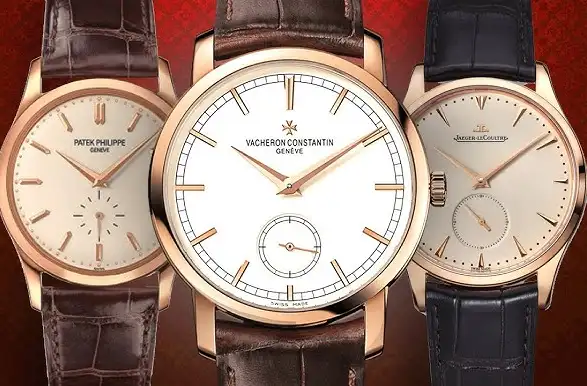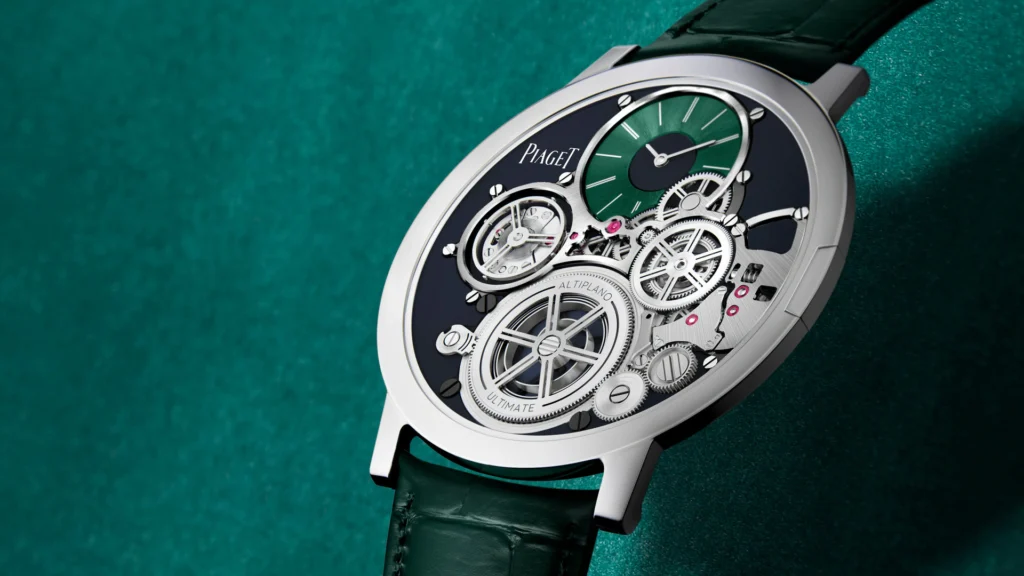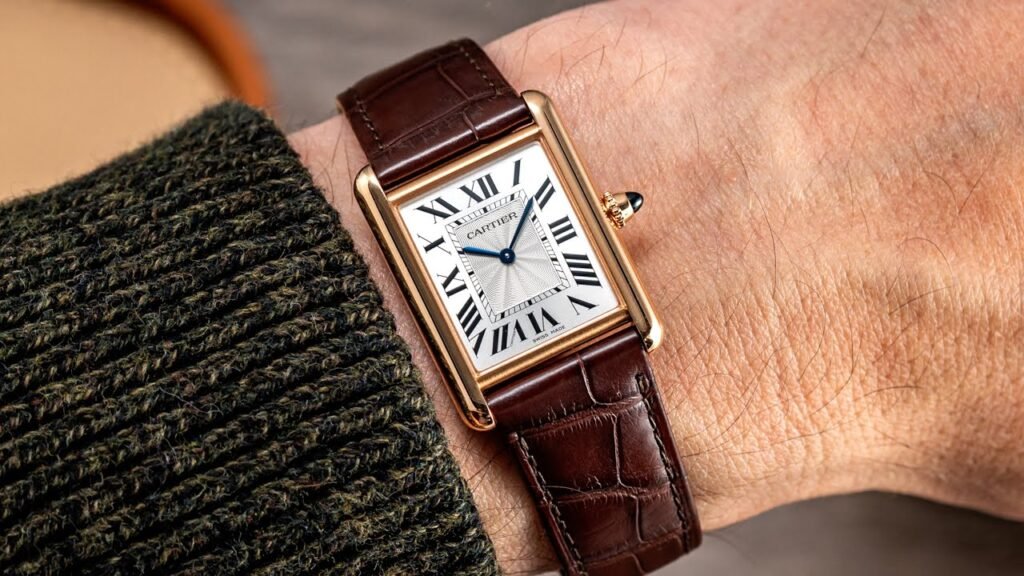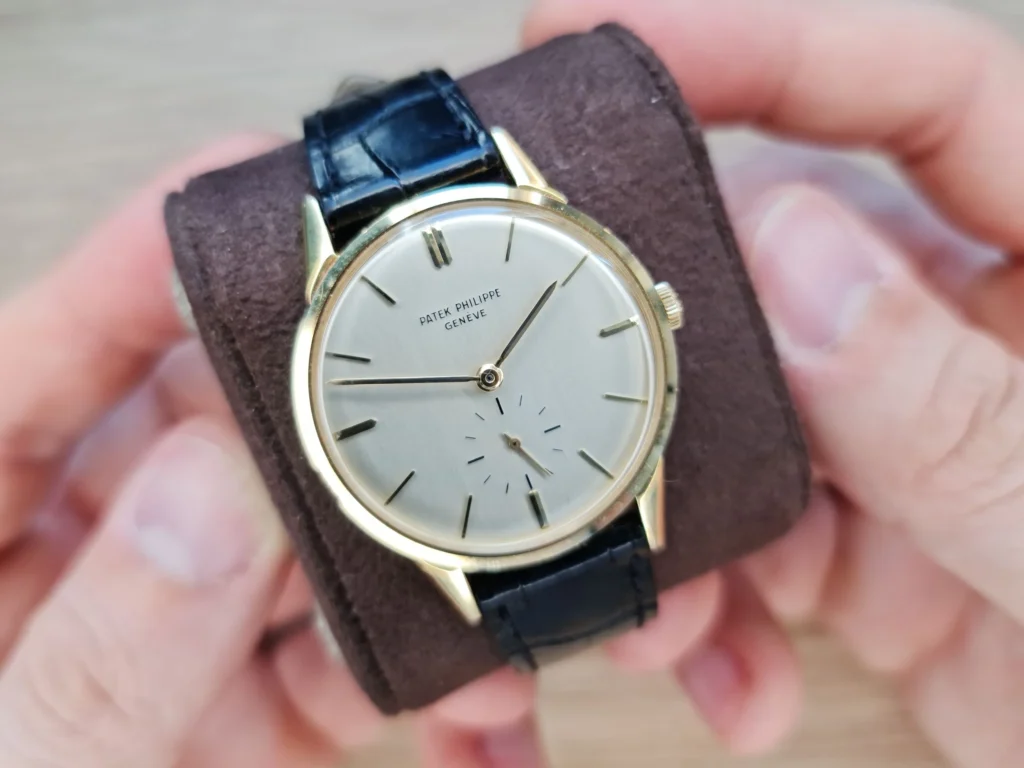
What defines a true dress watch
There is a peculiar kind of silence that happens when someone rolls their cuff back at a black-tie dinner and reveals not a sports watch, not a chronograph, not a bulky piece of toolish bravado, but a proper dress watch.
The silence is not about shock, it is about recognition. It’s the kind of stillness that comes from something so understated, so ruthlessly refined, that words feel unnecessary.
And that is the paradox of the dress watch. It is the least flashy and yet, for those who know, the most devastatingly powerful of statements.
Collectors argue endlessly about what makes a “true” dress watch.
Thin case?
Two hands only?
Gold or platinum?
Leather strap?
And yet, the real answer is not a checklist. It is an ethos. A dress watch is not about being noticed in a crowd. It is about being remembered after you leave the room.

The architecture of restraint
Let’s start with the bones.
A true dress watch has always been about discretion, which we at Lugano Watches Dubai know.
When Cartier introduced the Tank in 1917, it was not meant for diving, racing, or conquering the skies.
It was meant for evenings, salons, and diplomacy.
It was meant to slip beneath a cuff like it was never there, only to reveal itself at just the right moment. This is why historically, the great dress watches were impossibly thin.
The Piaget Altiplano, the Jaeger-LeCoultre Master Ultra Thin, the Patek Calatrava… these are not watches you feel so much as watches you almost forget until you glance at your wrist and remember why you wore it in the first place.
The restraint extends to the dial.
A true dress watch does not scream.
It whispers.
No rotating bezels, no busy subdials, no ceramic tachymeter scales.
Instead, you get symmetry, balance, and an almost poetic devotion to negative space. Think of the sector dials on vintage Longines, or the perfect flat expanse of enamel on a Vacheron Patrimony. There is nowhere for the watchmaker to hide.
The finishing has to be perfect because there is no clutter to disguise it.
And then there is the material. You will hear purists argue that a real dress watch must be in precious metal. There is truth to that, but it is not absolute. A steel Calatrava can still destroy in a boardroom because it carries the language of the genre even without gold. That said, when you strap on yellow gold or platinum, something alchemical happens. The watch gains gravitas, a weight both literal and psychological. That heft tells the world that you did not choose your watch for convenience, but for ceremony.

The quiet thunder of context
A dress watch is not just an object.
It is a setting.
You cannot divorce it from where and when it is worn.
A Submariner at a gala says you either didn’t know or didn’t care.
A Calatrava at that same gala says you knew exactly what the night required and you respected it.
And that is the thing about dress watches: they are not about you, they are about your awareness of others. Wearing one correctly shows an understanding of occasion, a kind of cultural literacy that transcends brand names or price tags.
This is why some of the most legendary collectors in history wore dress watches as their daily armor.
Gianni Agnelli, the Fiat magnate who basically turned sprezzatura into an Olympic sport, was as likely to wear a slim gold Patek under his cuff as he was to wear a watch over the cuff of his shirt.
John F. Kennedy’s Cartier was as much a part of his image as his smile.
These men did not need rotating bezels to signal their power.
They let subtlety do the work.
And yet, here’s the secret that most outsiders miss: the true dress watch does not need to be old-fashioned. Modern maisons like Laurent Ferrier and F.P. Journe have proved that you can build a dress watch with contemporary language, fresh materials, even unexpected dial textures, and still hold true to the genre.
The key is proportion, restraint, and that intangible aura of refinement.
When you see it, you know.

Final thoughts
Defining a dress watch is like defining good taste.
You can lay down guidelines, but ultimately it is something you feel.
It is the watch that does not clamor for attention but commands it through its silence. It is the watch that tells those in the know that you respect tradition but are not enslaved to it. It is the piece you wear not because you want to show off, but because you understand the gravity of an occasion.
In the end, the true dress watch is not about case size or complications. It is about restraint, awareness, and timelessness. It is a mirror of your confidence, because only someone utterly secure in their own presence can afford to let their watch fade into the background until just the right moment.
And when that moment comes, when you adjust your cuff and a sliver of gold or platinum catches the light, the room will understand exactly who they are dealing with.
That is what defines a true dress watch.
Not its specifications.
Not its rarity.
But its ability to make silence louder than applause.
